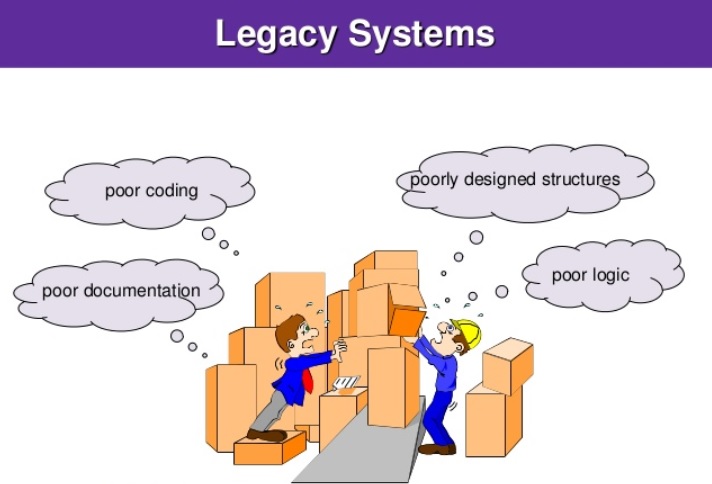
Business intelligence is necessary for companies that want to be at the forefront of their industries. We have left behind the days of guesswork when it comes to making business decisions. Modern BI and data analytics are bringing the corporate world to new heights. However, not everyone has transitioned over to the new ways of collecting data and implementing solutions. For business executives still hanging onto old ways of doing BI- it’s time to let go of the past. Here are five ways that modern BI tools have distinguished themselves from clunky legacy systems.
Performance
If you hate “clunky,” you’ll need to prioritize performance in your search for the right BI tools. This is especially true for agile companies who need their technologies to move as quickly as they go. If you are searching for a new BI solution for your business, be sure to choose a service able to analyze terabytes of data in seconds. Otherwise, you might be left in the dust.
Scalability
Is your BI solution able to look at huge volumes of data, from disparate source, and scale as you grow your data? If not, it might be time to find a more capable service.
Admittedly, it can be hard to abandon an old solution; especially if you sunk big bucks into this investment. This is known as the sunk cost fallacy. In all honesty, it’s better to cut your losses and make a smart investment today, rather than sink more money into a failing BI solution.
Ease of Use
In the past, BI tools have only been accessible to dedicated data employees. Old iterations of BI have been too complicated to teach a layperson in a reasonable amount of time. For this reason, insights have only come from data teams.
This might sound fine in theory, but it’s actually not the most efficient method. It takes a lot of back and forth between departments for the data team to understand what someone in logistics actually wants them to do. It can take weeks for something usable to come out of this. A modern BI dashboard can be utilized by most people with rudimentary computer knowledge. This ease of use allows for insights to come from all corners of an organization, with essentially no wait time.
Automatic Reporting
Most organizations compile data-derived reports on a recurring basis. This might be weekly, monthly, quarterly, or annually. The time frame is irrelevant. What’s important is that putting together these reports takes up a lot of employee time; and they usually follow an identical protocol. Automatic reporting is an extremely useful feature present in many modern BI platforms. With automatic reports, data workers no longer have to spend their time painstakingly putting together these repeating readouts. The BI system itself can automatically compile the information when it’s time.
Artificial Intelligence
AI is something that hasn’t always been built into BI tools. However, AI is now revolutionizing the way corporations work with data. AI-powered tools like relational search allow for immediate data synthesis from a search query. Think about how Google gives you the answers you’re looking for when you type something into the search bar. This is now possible with BI data analytics, thanks to AI.
There are numerous ways modern BI tools trounce the systems that have come before them. In order to stay ahead of the curve, it’s necessary for organizations to adopt data analysis technology that provides unprecedented insights and efficiency compared to legacy options.







Leave a Reply